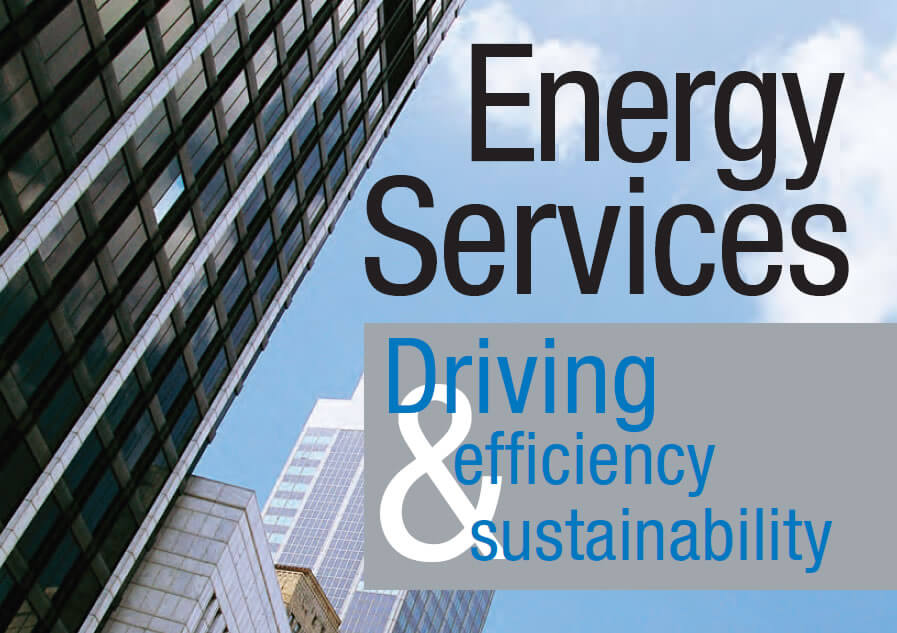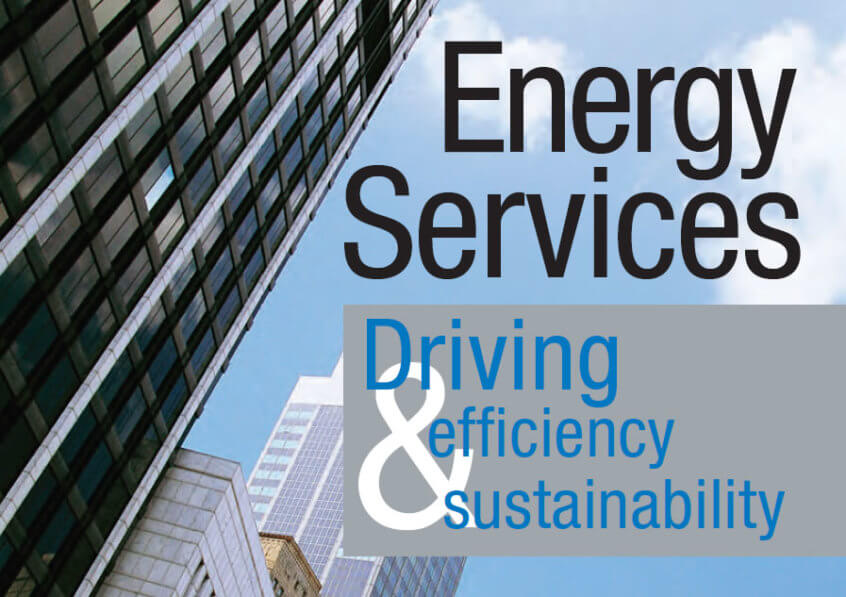
Reducing building energy consumption in new building construction or renovation can be accomplished through various means, including integrated design, energy efficiency retrofits, reduced plug loads and energy conservation programs. A zero-energy building (ZEB) produces enough renewable energy to meet its own annual energy consumption requirements by using all cost-effective measures to reduce energy usage through energy efficiency. According to the New Building Institute, there are five key market trends behind zero energy buildings:
- ZEB is growing across more climate zones: Zero-Energy Buildings transcend North American climates and borders with buildings in 44 U.S. states and four Canadian provinces. The Northeast and Southwest regions of the US saw a growth of more than a 90% increase in ZE buildings since 2014.
- Verified buildings use less than half the energy of typical buildings: ZE verified buildings on average use 60% less energy than existing U.S. commercial buildings and 46% less energy than new buildings.
- Emerging projects increasing in size as design teams gain capability: Roughly 80% of verified ZE buildings are smaller than 25,000 square feet but the 2018 ZE emerging list of buildings show that large ZE buildings are entering the market with more diverse sized buildings pursuing ZE. In the 2018 emerging list, more than 40% of all buildings are 50,000 square feet or larger.
- A broadening set of building types is found, even in high-energy intensity segments: High-energy intensity building types, such as hospitals and restaurants, are finding innovative ways to pursue ZE. However, the education market, which includes K-12 schools, higher education and general education, makes up 37% of the ZEB in the 2018 Getting to Zero List.
- Private sector invests, districts emerge: With nearly 26% of the full list representing for-profit, private sector buildings and overall private ownership at 46% ZE residential projects have been “profitable, sustainable, and rewarding for their businesses and their customers.” The communities and commercial districts are increasing and carving a critical path to scale ZE buildings.
With McKenney’s Energy Services as your services partner your facility will be put on the path to peak performance through comprehensive analysis, planning and execution. Learn how McKenney’s Energy Services can work with you and your team to get your facility on the path to building performance improvements.
Have a question for our experts? Leave your comment below and check out our Energy Services page for more information.




